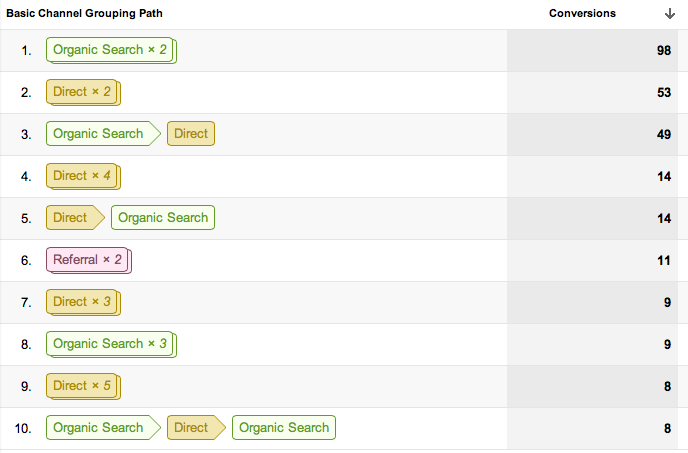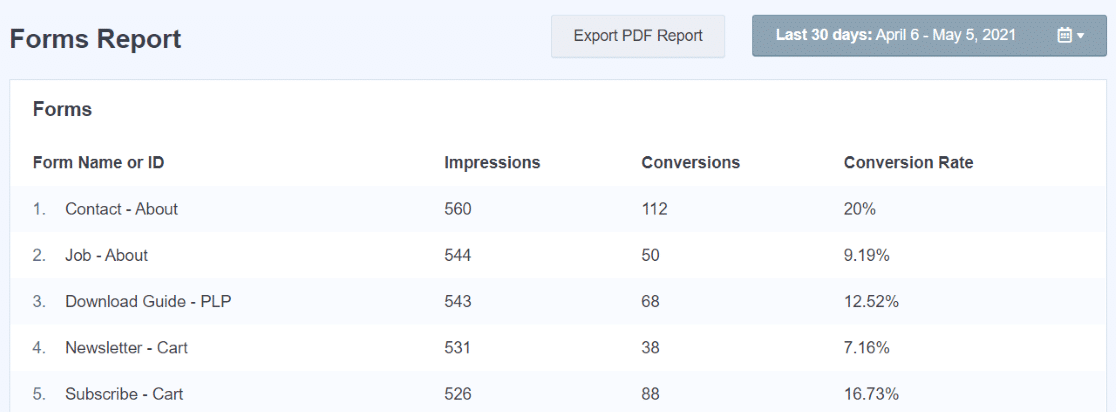What Data Is Google Analytics Goals Unable to Track: Find Out the Limitations
Wiki Article
Demystifying Google Analytics Limitations: Reveal What Information Goals Can not Track
In the realm of electronic analytics, Google Analytics stands as an effective tool that supplies useful insights right into website efficiency and individual behavior. Amidst its capabilities, there exist constraints that commonly go undetected. Comprehending what Google Analytics can not track is vital for an extensive grasp of data interpretation and decision-making procedures. From the intricacies of customer communication with vibrant web content to the intricacies of cross-device user trips, these limitations shed light on locations that might stay obscured from traditional analytics viewpoints. By deciphering these restraints, a clearer image emerges, enabling more educated strategies and fine-tuned insights into customer involvement and conversions.
Customer Interaction With Dynamic Material
Individual communication with dynamic material plays an essential role in comprehending individual behavior on websites and maximizing the overall individual experience. Dynamic material describes elements on a page that can alter without the demand for a complete page reload. This includes interactive aspects such as pop-ups, sliders, forms, and video clips that reply to customer actions in real-time. By tracking individual communications with dynamic web content, site owners can obtain beneficial insights right into customer interaction, choices, and habits.Google Analytics provides numerous tools to track user interactions with vibrant material, such as event monitoring and digital pageviews. Event monitoring allows you to keep an eye on details individual activities, like clicking a button or enjoying a video, offering data on just how individuals connect with dynamic components. Virtual pageviews can be used to track interactions that do not bring about a new page lots, offering an extensive view of customer interaction with dynamic web content. By examining this data, web site owners can make informed decisions to boost user experience and drive conversions.
Cross-Device User Journeys
How can modern-day analytics tools track the facility courses individuals take across several gadgets in their on the internet trips? Cross-device customer journeys provide a considerable obstacle for monitoring and evaluating individual habits accurately. As customers connect with internet sites or applications making use of different gadgets such as smartphones, desktops, and tablet computers, it becomes crucial to comprehend exactly how they relocate in between these platforms to optimize customer experience successfully.Google Analytics deals with constraints in tracking cross-device individual journeys due to personal privacy issues and technological constraints - what data is google analytics goals unable to track. While it can give insights into specific gadgets' interactions, tracking a smooth user journey throughout several gadgets continues to be a difficulty. This restriction can result in incomplete information and fragmented user insights, making it challenging for services to create a unified sight of the customer trip
To resolve this issue, businesses can utilize advanced analytics tools that supply cross-device monitoring capacities, permitting them to get a more all natural understanding of individual behavior. By leveraging these devices, organizations can bridge the gap in tracking cross-device user journeys and optimize their digital methods for a seamless individual experience.
Offline Conversions and Attribution
As companies navigate the obstacles of tracking cross-device user trips, an additional pivotal aspect to take into consideration is the world of offline conversions and attribution in the realm of data analytics. While Google Analytics provides beneficial understandings right into online individual habits, it falls short when it pertains to tracking conversions that take place offline. This restriction poses a considerable challenge for businesses that have both online and offline sales channels.Offline conversions, such as acquisitions made in physical shops or via phone call facilities, are vital to recognizing the total client trip. Without the ability to attribute these offline conversions to details on-line communications, services may struggle to accurately measure the impact of their digital marketing initiatives.
To address this space, businesses can check out different options such as integrating CRM systems with on-line analytics devices or utilizing distinct discount codes that can be traced back to on the internet campaigns. By linking the void in between online and offline data, businesses can acquire an extra thorough understanding of their consumers' habits and improve their general marketing techniques.
Person User Recognition
In the realm of data analytics, the ability to properly recognize individual customers throughout various website link on-line touchpoints is an essential challenge for businesses seeking to customize and optimize their advertising approaches. While Google Analytics gives valuable insights right into individual habits and communications, it falls short in allowing the identification of particular people due to personal privacy concerns and technical restrictions. Google Analytics uses special identifiers such as cookies to track customer sessions and habits, however these do not equate to recognizing individual customers in a personal feeling.
Information From Secure Pages
Regardless of the enhancing frequency of secure web pages on web sites, acquiring information from these encrypted sources presents an unique difficulty for electronic analytics systems like Google Analytics. Safeguard pages, suggested by HTTPS in the URL, secure information exchanged between the individual's internet browser and the internet site's server to guarantee privacy and protection. While this security is important for securing delicate information, it additionally positions restrictions for tracking individual behavior and celebration analytics information.Google Analytics encounters challenges in gathering thorough information from safe web pages due to the encryption protocols in place. Consequently, specific data factors such as recommendation resources, keyword searches, and also some customer communications might not be fully recorded when customers access an internet site via a safe and secure connection. This constraint can affect the precision and visit here efficiency of the information evaluation, causing gaps in recognizing user habits and preferences on protected web pages.
To navigate this challenge, digital analysts may require to check out alternative monitoring approaches or take advantage of other devices particularly created to collect understandings from secure web pages. By adapting approaches to suit these limitations, businesses can still derive useful analytics in spite of the constraints provided by encrypted links.
Verdict
In final thought, Google Analytics has limitations in tracking individual interaction with dynamic web content, cross-device customer trips, offline conversions, specific customer recognition, and information from secure web pages. Despite its valuable insights, Google Analytics may not offer a complete picture of customer interaction throughout different touchpoints.Customer interaction with vibrant web content plays an essential role in understanding individual habits on sites and enhancing the general customer experience. By tracking individual interactions with dynamic web content, web site owners can get valuable understandings into user interaction, choices, and behaviors.
Google Analytics makes use of special identifiers such as cookies to track customer sessions and habits, but these do not equate to recognizing individual customers in a personal sense.
As a result, certain data points such as recommendation sources, keyword searches, and even some individual interactions might not be fully caught when customers access a website via a protected link.In conclusion, Google Analytics has restrictions visit here in tracking individual interaction with dynamic material, cross-device user trips, offline conversions, specific user identification, and information from secure pages.
Report this wiki page